Sikorsky has received two Improved Turbine Engine Program engines and will begin integrating them into UH-60 Black Hawks in the coming months.



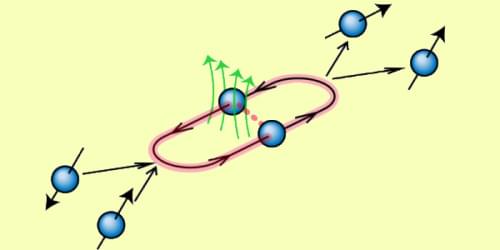
Quantum sensing can outperform classical sensing by placing the sensor in an initial state that optimally measures the target. However, choosing this optimal state requires having some preknowledge, such as knowing the orientation of a magnetic field in order to measure its strength. A new experiment overcomes this limitation using two entangled quantum bits (qubits), which are manipulated in a way that is equivalent to a qubit traveling back in time [1]. Through this “time travel,” the qubits can be placed in an optimal state without any preknowledge.
“Our work addresses a specific kind of problem that plagues many sensing setups: you have to know which direction to point the sensor,” explains Kater Murch from Washington University in St. Louis. When measuring a magnetic field with a spin qubit, for example, the spin’s rotation will return information about the field strength only if you point it in the optimal direction. Point it in a nonoptimal direction and you’ll get zero information about the field, wasting the measurement.
Murch and his colleagues have devised a protocol in which the probe qubit is entangled with a second qubit, called the ancilla. Following previous work, they show that the entanglement is mathematically equivalent to the ancilla traveling back in time to place the probe in an optimal state [2]. They further show that measuring the ancilla and the probe in a particular sequence can recover information about the field strength in all cases—so no measurement data are wasted as they can be in other protocols. The researchers foresee using this entanglement scheme in situations where a field—or another observable—is changing over time.
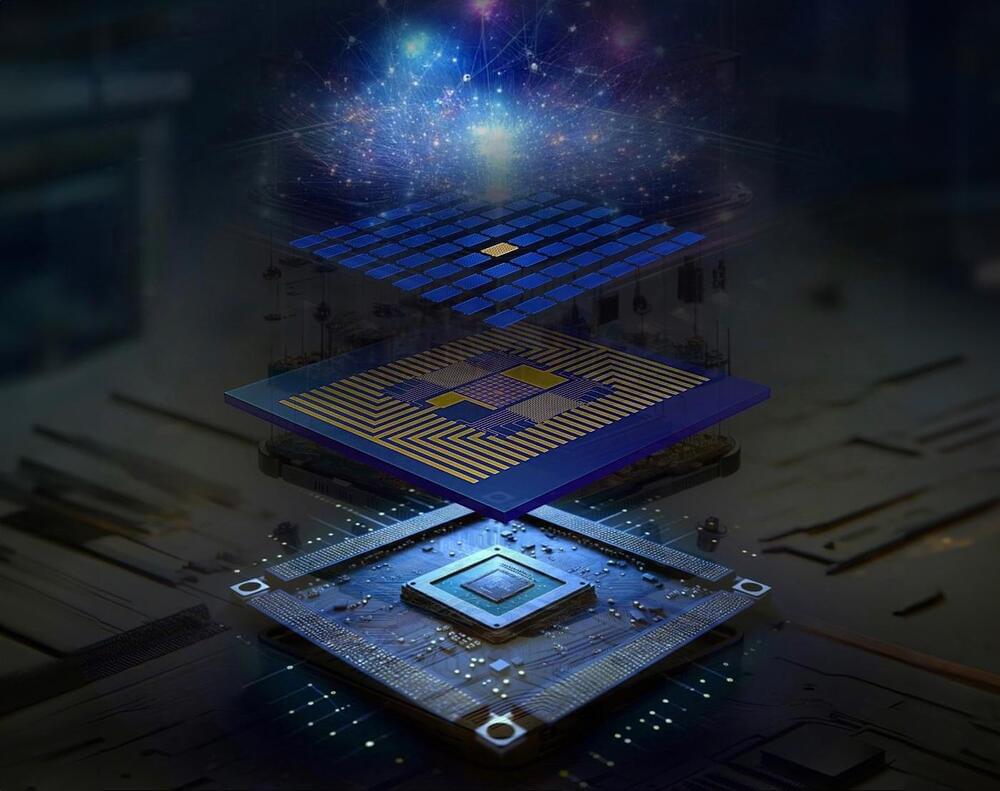
A new quantum-system-on-chip enables the efficient control of a large array of qubits, advancing toward practical quantum computing.
Researchers at MIT and MITRE have developed a scalable, modular quantum hardware platform, incorporating thousands of qubits on a single chip, promising enhanced control and scalability. Utilizing diamond color centers, this new architecture supports extensive quantum communication networks and introduces an innovative lock-and-release fabrication process to efficiently integrate these qubits with existing semiconductor technologies.
Quantum Computing Potential
Imagine being able to quickly solve extremely complex problems that might take the world’s most powerful supercomputer decades to crack. This is the promise of quantum computers.

Some thoughts/speculations on panpsychism.
I have long suspected that panpsychism represents the most likely explanation of how consciousness works. My evidence for this claim is laid out below. That said, I am not an expert in philosophy of mind, so take this with a grain of salt. I am certainly open to constructive critiques, questions, and discussion as well!
Aussie scientists have developed a new gene-editing technique that could be a major breakthrough. It could allow scientists to make accurate and more significant changes to DNA.
#Science #GeneEditing #genes
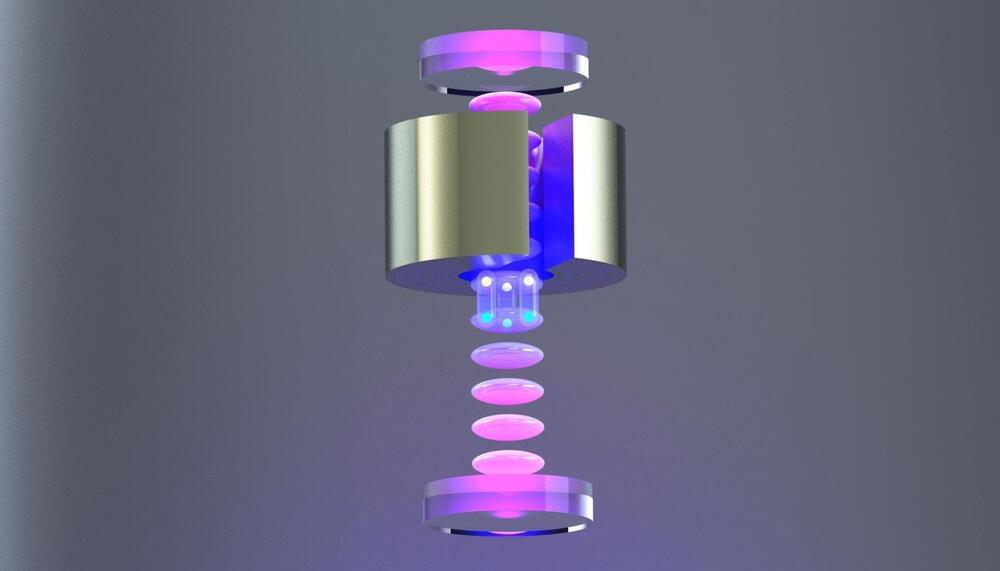
Nice!
Researchers at UC Berkeley have enhanced the precision of gravity experiments using an atom interferometer combined with an optical lattice, significantly extending the time atoms can be held in free fall. Despite not yet finding deviations from Newton’s gravity, these advancements could potentially reveal new quantum aspects of gravity and test theories about exotic particles like chameleons or symmetrons.
Twenty-six years ago physicists discovered dark energy — a mysterious force pushing the universe apart at an ever-increasing rate. Ever since, scientists have been searching for a new and exotic particle causing the expansion.
Pushing the boundaries of this search, University of California, Berkeley physicists have now built the most precise experiment yet to look for minor deviations from the accepted theory of gravity that could be evidence for such a particle, which theorists have dubbed a chameleon or symmetron.

Whether it’s a first-time visit to a zoo or when we learned to ride a bicycle, we have memories from our childhoods kept well into adult years. But what explains how these memories last nearly an entire lifetime?
A new study in the journal Science Advances, conducted by a team of international researchers, has uncovered a biological explanation for long-term memories. It centers on the discovery of the role of a molecule, KIBRA, that serves as a “glue” to other molecules, thereby solidifying memory formation.
“Previous efforts to understand how molecules store long-term memory focused on the individual actions of single molecules,” explains André Fenton, a professor of neural science at New York University and one of the study’s principal investigators. “Our study shows how they work together to ensure perpetual memory storage.”
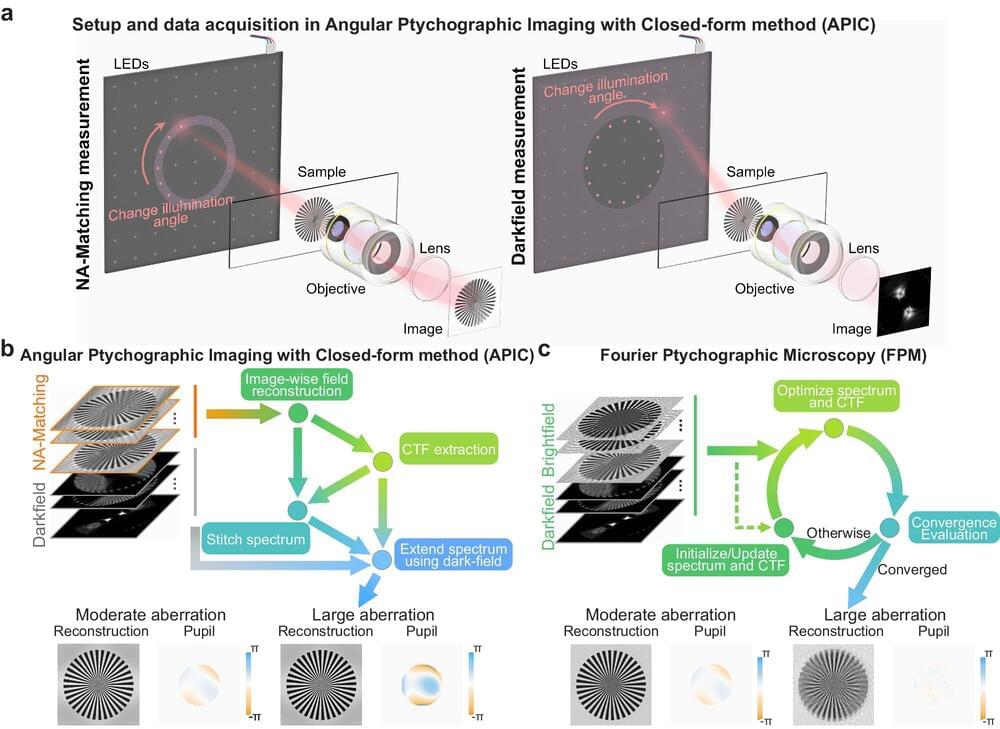
For hundreds of years, the clarity and magnification of microscopes were ultimately limited by the physical properties of their optical lenses. Microscope makers pushed those boundaries by making increasingly complicated and expensive stacks of lens elements. Still, scientists had to decide between high resolution and a small field of view on the one hand or low resolution and a large field of view on the other.
In 2013, a team of Caltech engineers introduced a microscopy technique called FPM (for Fourier ptychographic microscopy). This technology marked the advent of computational microscopy, the use of techniques that wed the sensing of conventional microscopes with computer algorithms that process detected information in new ways to create deeper, sharper images covering larger areas. FPM has since been widely adopted for its ability to acquire high-resolution images of samples while maintaining a large field of view using relatively inexpensive equipment.
Now the same lab has developed a new method that can outperform FPM in its ability to obtain images free of blurriness or distortion, even while taking fewer measurements. The new technique, described in a paper that appeared in the journal Nature Communications, could lead to advances in such areas as biomedical imaging, digital pathology, and drug screening.
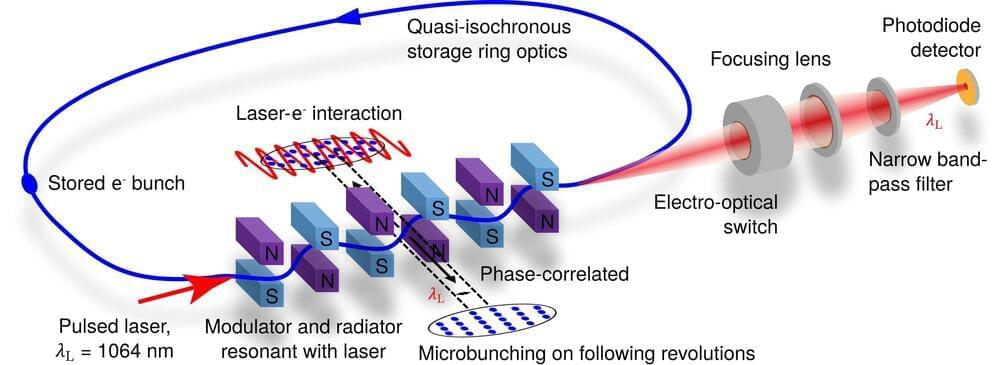
When ultrafast electrons are deflected, they emit light—synchrotron radiation. This is used in so-called storage rings in which magnets force the particles onto a closed path. This light is longitudinally incoherent and consists of a broad spectrum of wavelengths.
Its high brilliance makes it an excellent tool for materials research. Monochromators can be used to pick out individual wavelengths from the spectrum, but this reduces the radiant power by many orders of magnitude to values of a few watts only.
But what if a storage ring were instead to deliver monochromatic, coherent light with outputs of several kilowatts, analogous to a high-power laser? Physicist Alexander Chao and his doctoral student Daniel Ratner found an answer to this challenge in 2010: if the electron bunches orbiting in a storage ring become shorter than the wavelength of the light they emit, the emitted radiation becomes coherent and therefore millions of times more powerful.